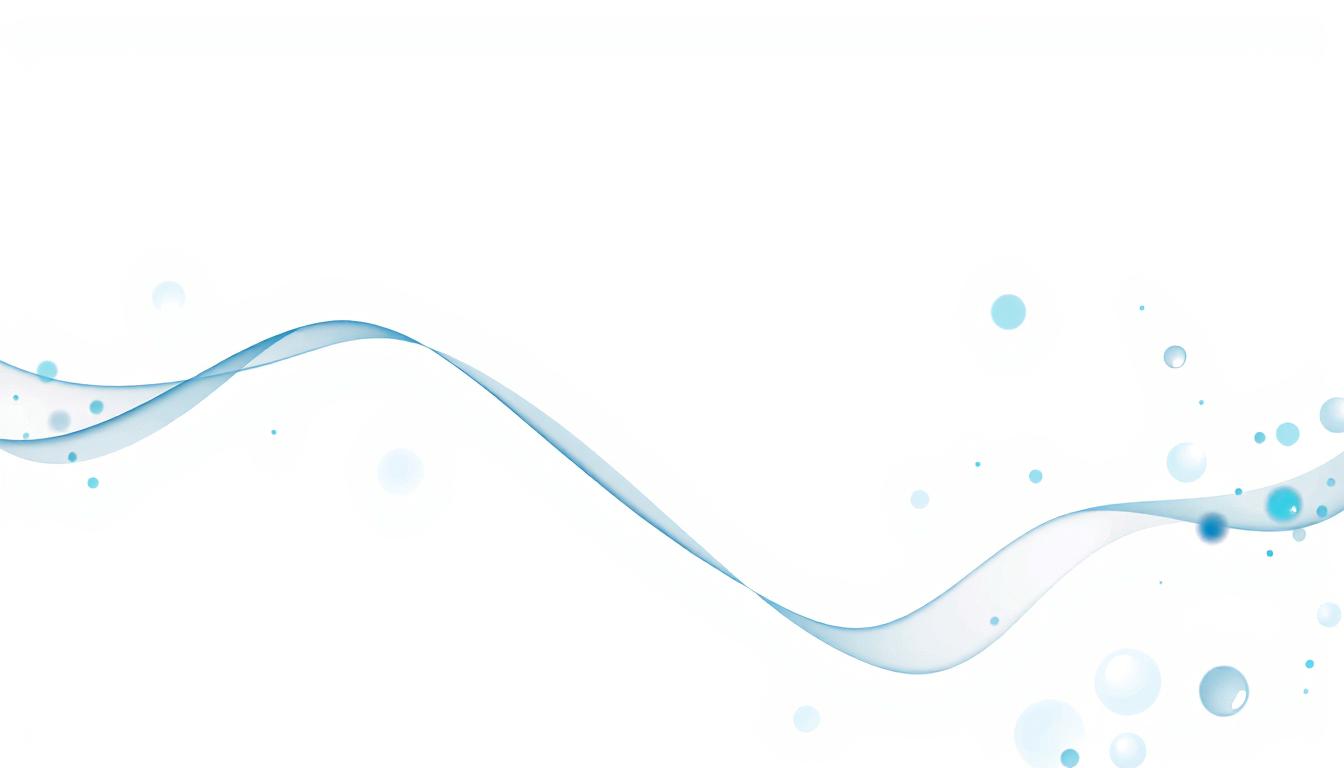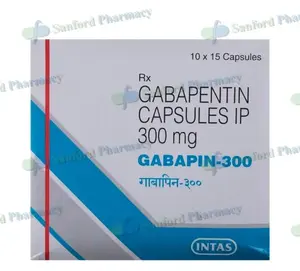How Do Motion Sickness Glasses Work?
 Johnny
|
Johnny
|
 23 Jun 2025
23 Jun 2025
Let’s break it down in real words, no medical jargon, just straight-up facts.
First Off: What Even Causes Motion Sickness?
So, motion sickness happens when your eyes and your inner ear don’t agree on what’s going on. Your body feels still, but your eyes say “we’re moving,” or vice versa. That confusion between senses sends your brain into panic mode—and boom, you’re dizzy, sweating, nauseous, or ready to lose your lunch.Okay... So, What Are Motion Sickness Glasses?
Motion sickness glasses (also called motion sickness goggles sometimes) are these trippy-looking glasses with liquid-filled rings inside the frames. Yeah, they look like something out of a sci-fi movie. But they’ve got a cool trick.Each ring (two in front, two on the sides) is filled with a colored liquid, usually blue. As you move, the liquid shifts and creates an artificial horizon line in your peripheral vision. That gives your brain the visual “movement” it needs to match what your body feels.
Basically, they help your eyes and inner ear agree, which calms the brain down and stops the sickness before it even starts.
How Fast Do They Work?
Some people say they feel better in 10-15 minutes. Others take longer. It’s not a miracle cure for everyone, but it works for a lot of folks, especially on boats, in VR, or reading in a car. And yeah, they look goofy, but if it stops you from throwing up? Worth it.Also, bonus: they’re non-drowsy. So unlike some meds, you’re not gonna feel like passing out halfway through your trip. Huge win if you still gotta drive or stay alert.
How Do They Compare to Other Motion Sickness Stuff?
There are a bunch of tools out there to fight nausea, and they all work in different ways. Here's a quick breakdown:Motion Sickness Patch
These usually go behind your ear (like Scopolamine patches). They work by blocking signals to the brain that cause nausea. Super effective but can cause dry mouth, blurred vision, or make you sleepy. Not for everyone.Motion Sickness Bracelet
Also called motion sickness bands or acupressure bracelets. They press on a pressure point on your wrist (called P6). No meds involved, which is cool. Some swear by them, others say “meh.”Motion Sickness Bands
Pretty much same thing as the bracelets above. Just different names. Again, all natural, drug-free, but results vary a lot person to person.Motion Sickness Goggles
These are basically the same as the glasses. Some call ‘em goggles 'cause of how they look, but same tech. The liquid rings = fake horizon line = less confusion in your brain = less nausea.So, Are Motion Sickness Glasses Worth It?
If you're tired of feeling queasy every time you're in a car or boat—or if you hate how meds knock you out—motion sickness glasses are honestly worth trying. They don’t use drugs, so no side effects, and you can reuse them over and over.They’re great for:
🔹 Boating trips
🔹 Virtual reality gaming
🔹 Car rides (especially reading)
🔹 Airplane travel
🔹 Theme parks
🔹 Throw 'em on for 10–15 minutes and see how you feel.
Final Thoughts
So, how do motion sickness glasses work? Simple: they help your eyes “see” the motion your body feels, so your brain stops freaking out. They don’t have side effects, they don’t make you drowsy, and yeah—they look a little weird, but they do the job.If patches or meds mess you up, and non-drowsy motion sickness options matter to you, these glasses are a solid choice.
Try ‘em before your next trip. It could be the difference between feeling sick and actually enjoying the ride.
Categories

Bacterial and Fungal Infection
How Long Does Flagyl Stay in Your System?
 Nikhil
Nikhil

Bacterial and Fungal Infection
How Long Does Ciprofloxacin Stay in Your System
 Jena
Jena

Bacterial and Fungal Infection
What is Augmentin Used For?
 Sheridan
Sheridan

Bacterial and Fungal Infection
What is Amoxil Used For?
 Alfredo
Alfredo

Women’s Health
How Bromocriptine Works?
 Kale
Kale











.webp)
.webp)
-(2).webp)

.webp)